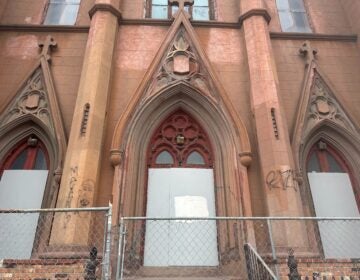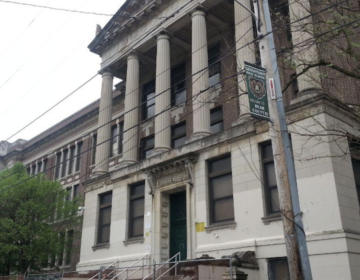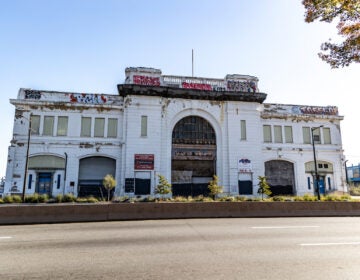Postcard from New Orleans
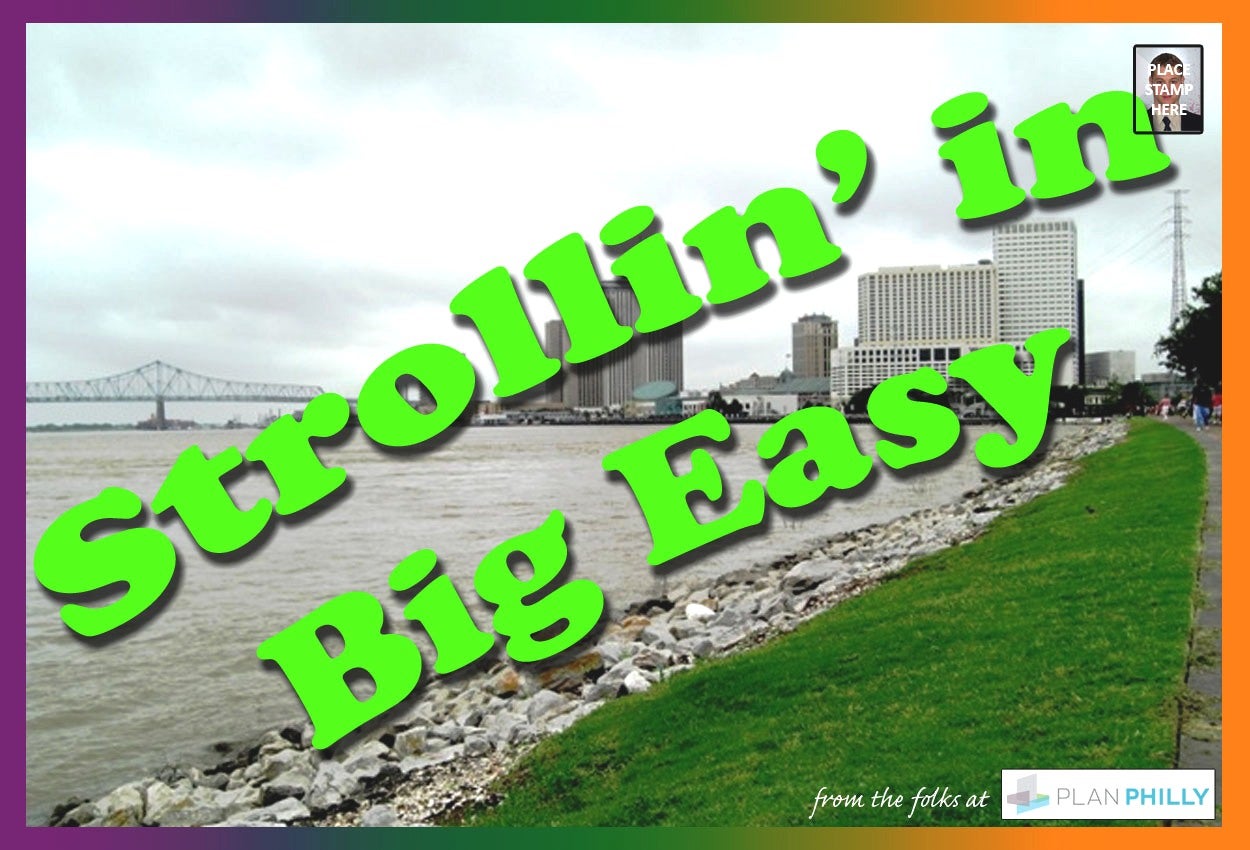
Sept. 30
Postcard from San Francisco
Postcard from Pittsburgh
Postcard from Germany
Postcard from China
By Ned Rauch-Mannino
For PlanPhilly
New Orleans keeps you busy. Staple attractions, such as historic sites, museums and arts and cultural experiences, are just a sample of the activities in the Big Easy. Haunted houses and eerie cemeteries, outstanding architectural achievements, Mississippi gardens, distinctive cuisine and entertainment without a curfew absorb so much of your attention you won’t feel the effects of the mere four hours of sleep or miles walked.
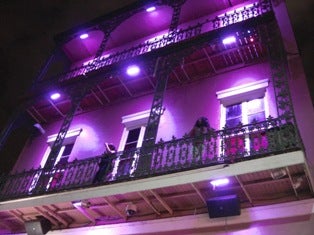
Bourbon Street
The Crescent City is active, it’s aggressive and it’s a full plate of “must-sees.” It’s also undergoing some serious transition. While the French Quarter and New Orleans’ Central Business District are rebounding nicely since Hurricane Katrina flooded the city in 2005, other areas remain in rebuilding phases. And no ward is more distressed than the Lower Ninth. Sitting on the Mississippi River at the eastern most part of the city, the Lower Ninth Ward was completely devastated by failing levees and flood waters. Three years later the ward is still struggling to recover; many residents remain displaced, the city has used eminent domain to condemn homes and entire blocks, and multiple relief organizations are working to provide homes, water and utility services.

Lower Ninth Ward
So, with so much going on before you, it’s easy to miss the planning genius behind it all.
But it’s something to take note of. Everything is “just around the corner.” Traffic is never an issue. And the collection of New Orleans districts seem to be so well organized and connected, you’ll gasp realizing how accessible a new, unique neighborhood is with just a few steps. And it’s no accident, rather, the result of exceptional planning in the 18th century and a dedication today to uphold it.
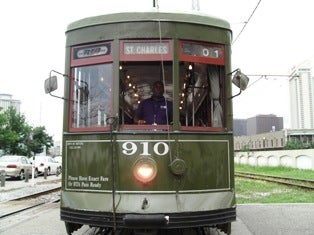
St. Charles Line
Designed With Walking in Mind
Everything is within walking distance in New Orleans’ tourist center, the French Quarter. The original city plan called for a grid layout of skinny streets, storied buildings, overhanging balconies and uniform design, creating a cozy, walkable district with plenty packed into a few blocks. It’s similar in streetscape and size to Philadelphia’s Society Hill and with committed pride in the district’s character, development hasn’t interrupted the grid since it was drawn in 1718.
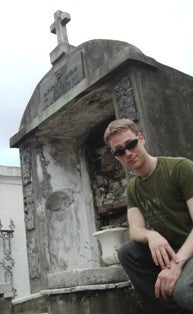
Cemetery #1
A miniature city, the French Quarter has a touch of everything: a connection to the waterfront, commercial corridors, restaurant and entertainment blocks, historic sites and parks. From one end of the Quarter to the other, St. Louis Cemetery #1 is an easy 15 minute walk from the Jackson Brewery on the Mississippi. Everything else – Bourbon Street, the Café du Monde, St. Louis Cathedral and Jackson Square, The House of Blues, Gallier House and even Jimmy Buffet’s Margaritaville restaurant – is in between.
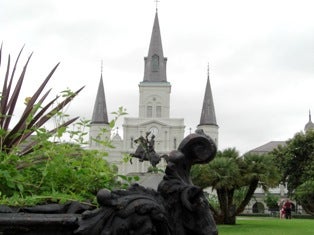
St. Louis Cathedral
A Waterfront Serving All
Philadelphia needs to take a lesson from New Orleans’ Mississippi River waterfront. Simple in design and multi-functioned, the collection of wharfs with granite walkways is similar to Penn’s Landing, except that immediately behind the hard gray surface is a grassy mall, Woldenberg Park, paralleling it. The comfortable green space is decorated with artwork, benches and trash cans – New Orleans’ waterfront, French Quarter and other districts are incredibly tidy – and is scattered with residents and tourists enjoying the river breeze. It’s a nice setting and easy to access, creating a relaxing atmosphere just a block from Decatur Avenue’s restaurants and shops.
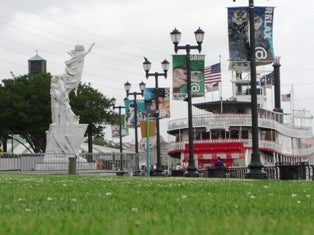
Woldenberg Park
Not only inviting but functional, the waterfront links the French and Flea markets on the east end of the Quarter to downtown shopping, the Central Business District and the Convention Center. Attractions on Canal Street Wharf, such as the Aquarium and IMAX Theatre, are a highest and best use, pulling in tourists strolling from one district to the other.
Ca-seamless
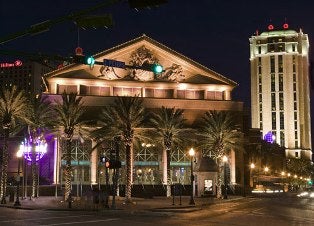
Just a block from Canal Street Wharf sits Harrah’s Casino. The casino design itself really doesn’t set itself apart from anything found in Pennsylvania or New Jersey – but instead holds a noteworthy location. Situated in a compact block opposite from the Aquarium, waterfront and Riverwalk Mall, Harrah’s Casino anchors this little patch providing restaurants and entertainment for post-attraction visits. The scene was no more boisterous than at other large hotels, and transitioned seamlessly from the shopping area and Convention Center. With both downtown trolleys passing by, traffic congestion was scarce, and according to several residents, does not interfere with the nearby artisan Warehouse District. If anything, as Karen, a glass-art shop sales associate suggested, it pulls tourists across Canal Street and in their doors.
Philadelphia take note. The casino is flanked by malls on each side and the Convention Center in close proximity, with a central location essentially joining the waterfront, the French Quarter and the Central Business District. Bordering smaller, commercial-oriented districts and surrounded by public transit, the situation is similar to the latest Foxwoods proposal for Market East.
Preservation is Key
The Crescent City may very well never need a Zoning Code Commission, as city management has mastered development guidelines. And its chief tool: preservation.
The city has excelled in protecting its historic infrastructure and zoning. Through restrictions on new development and heavy taxes for big box commercial development, much of New Orleans core remains unchanged. The neighborhoods’ appearances remain intact and uniformity guides development for each district, with individual communities distinctively characterized by land use, layout and architecture. Added incentives for conforming development and themes assist the many concerned neighbors and businesses in preventing unwanted uses on any scale.
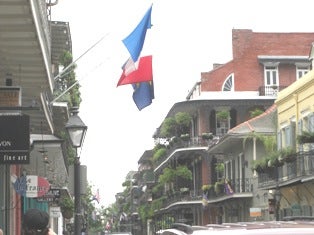
French Quarter
A preservation highlight, the Creole townhouses – the multi-leveled buildings, lined with decorative iron balconies and wrapping around expansive inner-courtyards – are impossible to miss in the French Quarter. Many date back to periods of Spanish and French rule in the 1700s, and before a single structure is altered or use is changed, approval by the city, residents and community groups is necessary. It’s a strict process.
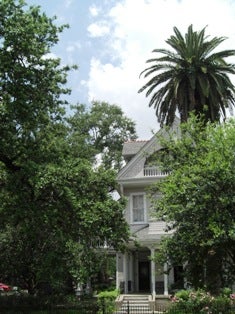
Mansion in Garden District
The Magazine and Garden districts, with expansive parks, Victorian and Georgian mansions and budding commercial development, follow the same process.
While the city exists on a much smaller scale than Philadelphia, New Orleans certainly manages what is has properly. In the city’s center, it emphasizes smart growth by preserving the original planning framework, mapped well before cars and mass transit and guaranteeing New Orleans’ core remains walkable. Philadelphia should remember the accessibility New Orleans preserved and continues to push for as it undertakes the next big downtown projects, specifically, when refurbishing Penn’s Landing and with the potential Foxwoods development. Down south, developments of these varieties have been used to efficiently connect districts and provide a service to residents and tourists alike without interrupting character or becoming a burden to residents. And unless you’re looking for it, these successes go easily unnoticed as you walk from one fun distraction to the next.
Email: ned.rauch@gmail.com

Ned Rauch-Mannino is the policy and program analyst at the Urban Industry Initiative, and an active participant with a number of community and economic development organizations. He also highly recommends the alligator sausage gumbo at Red Fish Grill.
WHYY is your source for fact-based, in-depth journalism and information. As a nonprofit organization, we rely on financial support from readers like you. Please give today.




